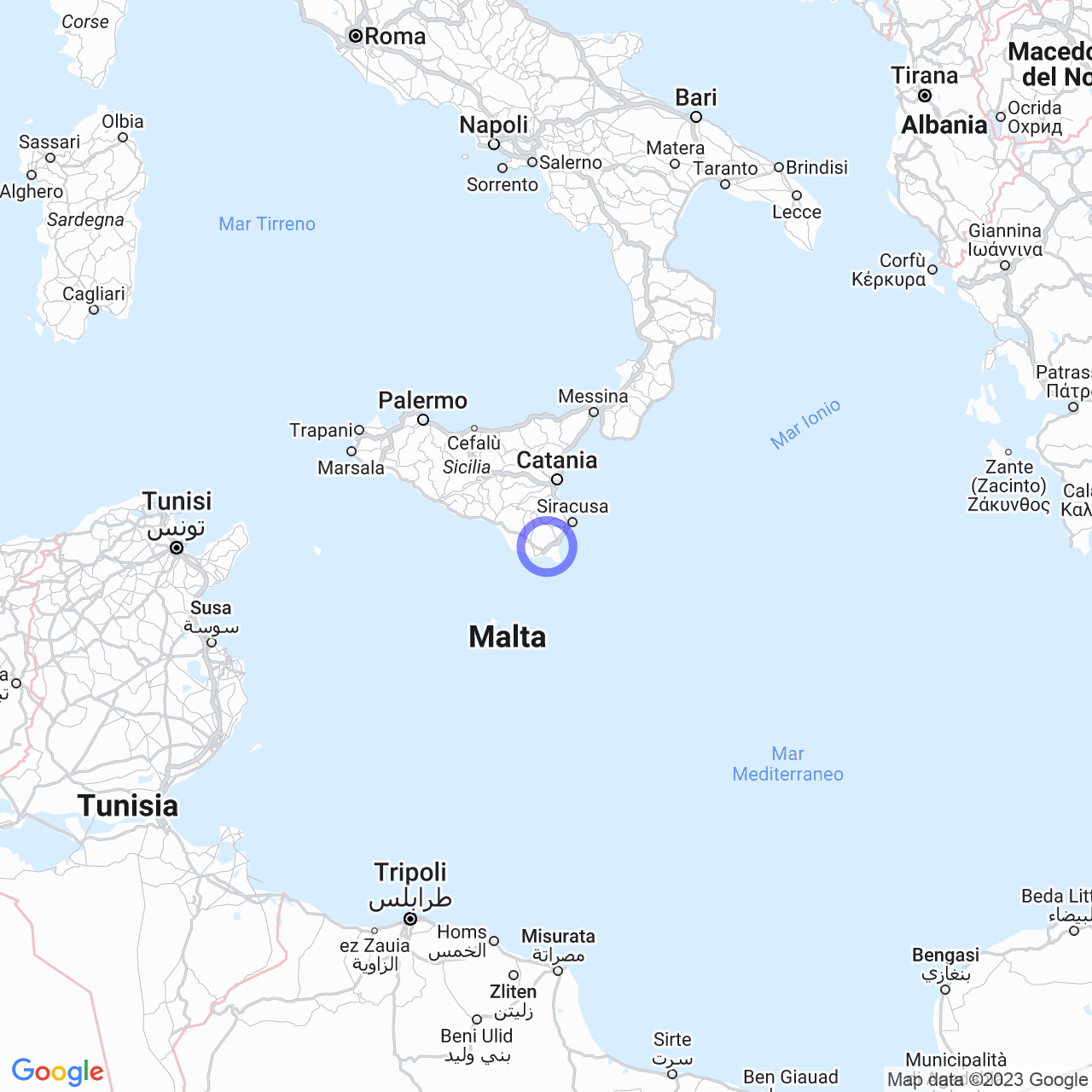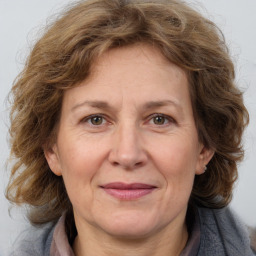Rosolini
Let's discover Rosolini together!
Hello everyone! I'm going to tell you a bit about the history and curiosities of Rosolini, a Sicilian municipality located in the provinces of Siracusa and Ragusa. The city has a population of around 20,000 people and is situated at the foot of the Iblei Mountains.
Physical Geography
As I mentioned, Rosolini is located in the southwestern part of the province. One of its distinguishing features is the Pancari district, an administrative island north of the municipal territory which is uninhabited. This fraction is divided into two parts, only connected by a road, due to the ancient boundaries of the baronies of Val di Noto.

History
The name Rosolini derives from the Arabic word ''Rus Salib'ni'', which means "the cave of the cross". The Arabs peacefully settled in the area, bringing the benefits of their culture and respecting local religious traditions. At the time of the Islamic conquest of Sicily, a Christian basilica carved into the rock, where a cross was venerated, was located in the pre-existing settlement.
The Rosolini area was one of the fiefs of the vast territory of Noto and belonged to the Platamone family from the fifteenth century under the title of barony. The inhabited center was founded only in 1713 by Francesco Moncada, Prince of Lardaria, after inheriting the fief from his wife Eleonora Platamone.
Monuments and Places of Interest
Rosolini has numerous religious monuments, including the San Giuseppe Mother Church, where the mandible of Luigi Gonzaga is preserved, built between the eighteenth and nineteenth centuries. There are also the churches of San Francesco, Santa Caterina, Santissimo Crocifisso, the Sanctuary of the Sacred Heart, and the hermitage of Croce Santa.
Furthermore, it is worth visiting the Platamone Castle, built in 1668, which houses a paleo-Christian basilica from the fifth century. There are also the archaeological remains of Cava Lazzaro, which houses the Bronze Age necropolises, including the Tomb of Orsi.
Society
Over the years, Rosolini has been inhabited by various populations, including the Arabs and Byzantines, who left their mark on the language and culture of the population. In fact, the Sicilian dialect spoken in the town is very distinctive and differs from the other Sicilian dialects due to the result of "C dura" in "C dolce", the strong rotacism in D, and the substitution of the '-gghi-' cluster with the retroflex sonorant "-ddj-".
Demographic Evolution
The population of Rosolini has steadily increased over the years. In 2001, there were around 19,000 residents in the city, while in 2019, there were about 20,000 inhabitants.
I hope this brief overview of Rosolini has been useful in getting to know this beautiful city better!
